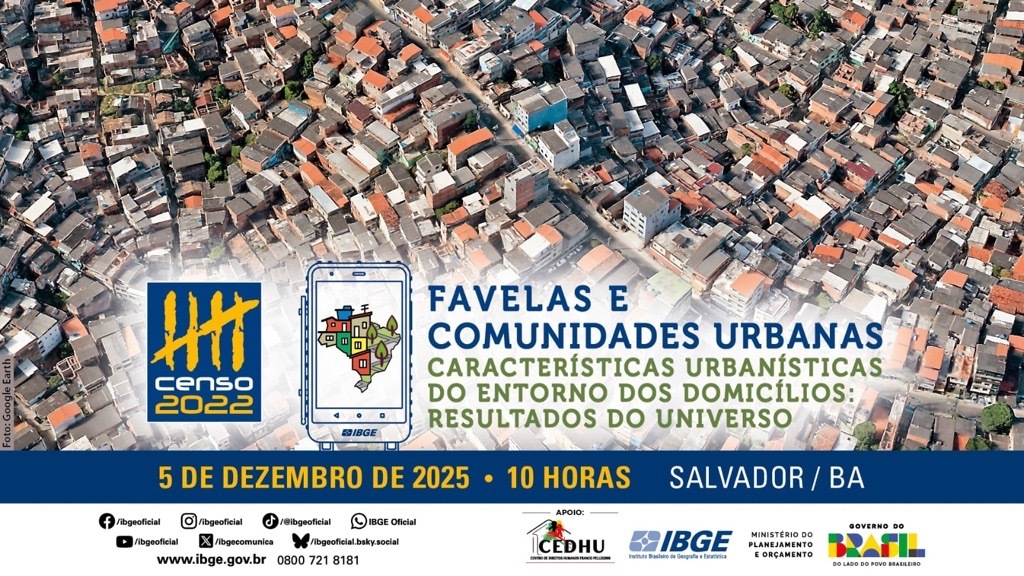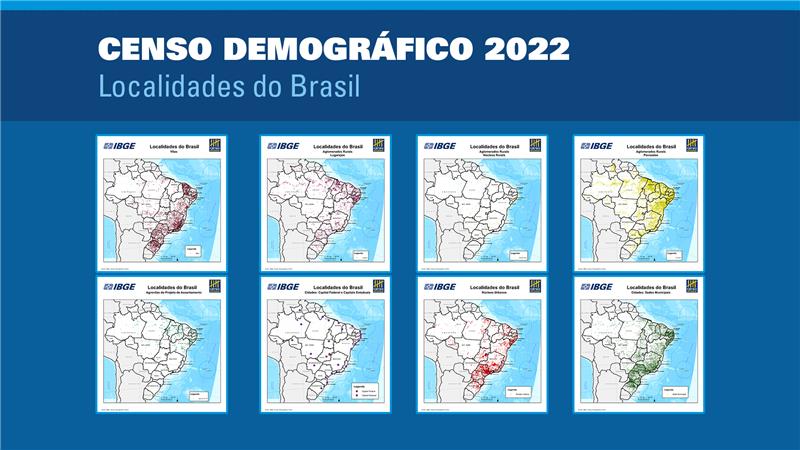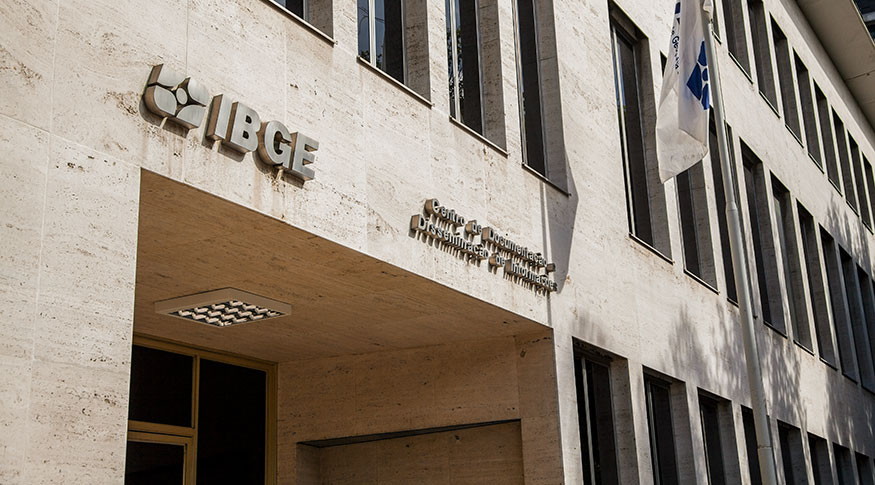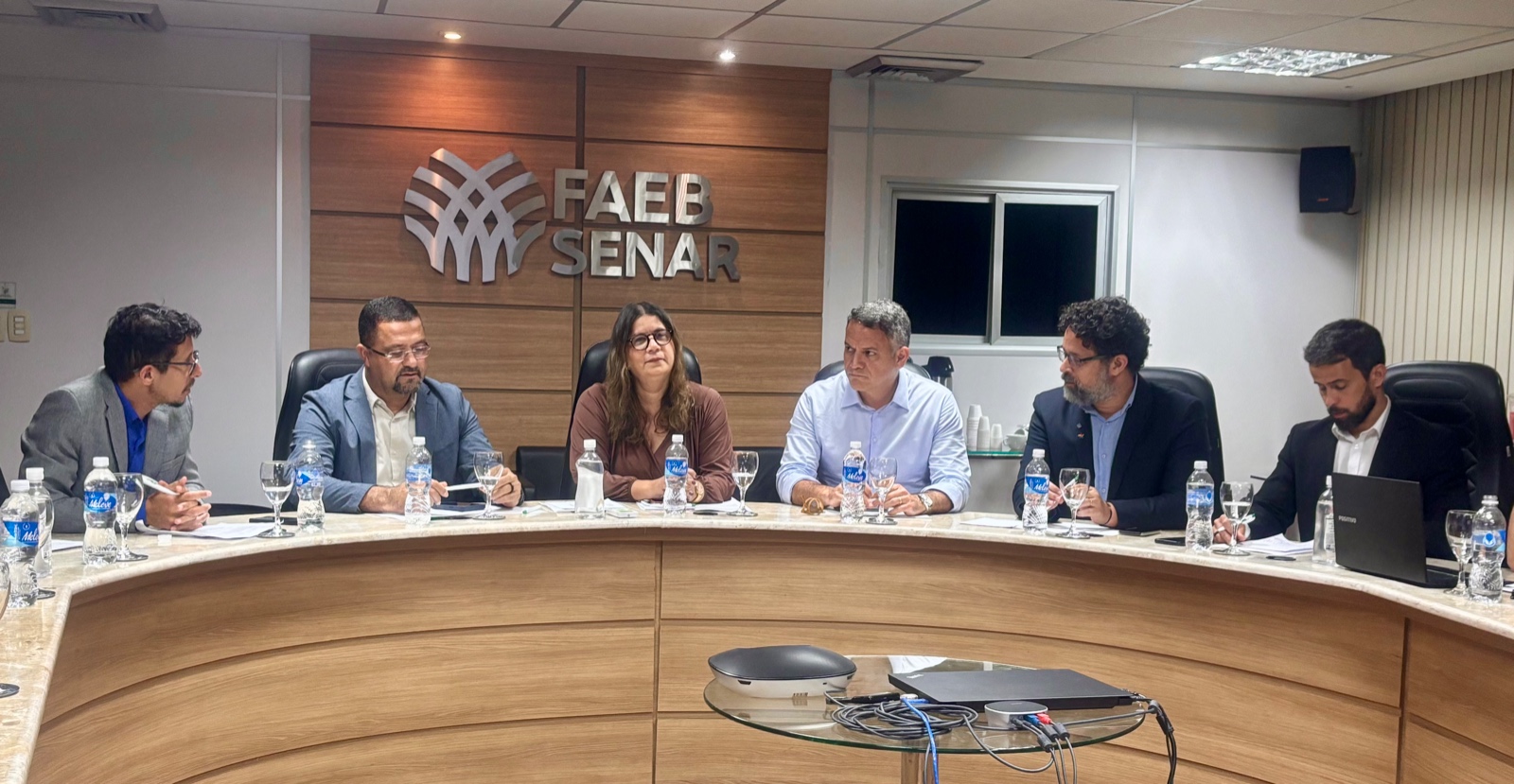In digital format
Brazil in Figures 2021 shows reality of the country and impacts of the pandemic
September 30, 2021 10h00 AM | Last Updated: October 01, 2021 02h41 PM
Highlights
- Annual publication gathers texts by more than 30 authors in almost 500 pages.
- A total of 23 chapters with analyses based on data from the IBGE and partner institutions on health, housing, labor, environment and political participation, among other topics.
- The impact of the Covid-19 pandemic was mentioned in 13 of the 23 texts, with an emphasis on analyses about population, health, prices and trade.
- The book is illustrated with works from the National Museum of the Republic (MiN), located in Brasilia, capital of Brazil.
- It is a bilingual e-book edition.

The IBGE releases today (30) the 2th edition of Brazil in Figures, an annual publication with information and analyses of multiple aspects of Brazilian reality. More than 30 authors - among historians, geographers, demographers, economists and other scholars have participated in this work. In almost 500 pages, the publication deals with labor market, housing, health, environment, public finances and political participation, among others. Brazil in Figures 2021 is available in online version, e-book format.
The current edition is illustrated with works from the National Museum of the Republic (MuN) located in Brasília. Projected by oscar Niemeyer, muN started to be built in 1999 and was inaugurated in 2006. The iconic semi-sphere shaped building is an architetonical representation of the building at the Ministries Esplanade. MuN has a collection of approximately 1 400 works of art produced in Brazil from the middle of the 20th century up to today. Images of artworks from the Museum open each chapter of the book.

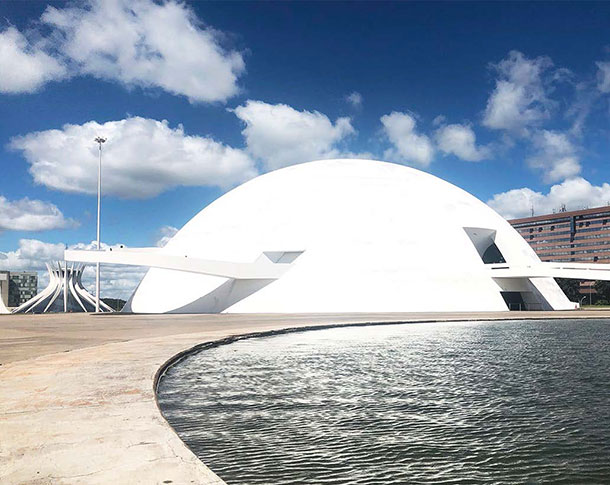



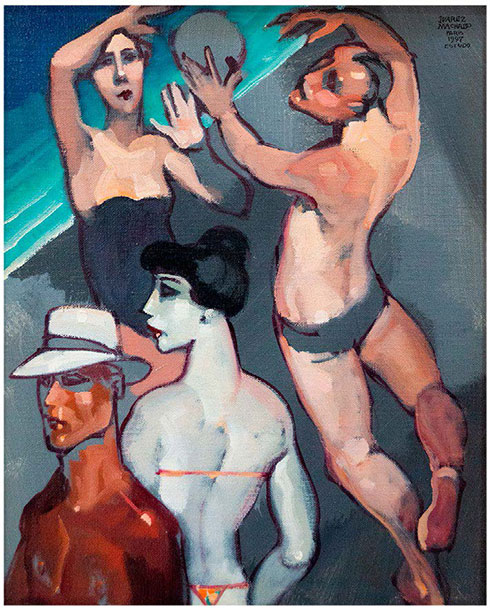
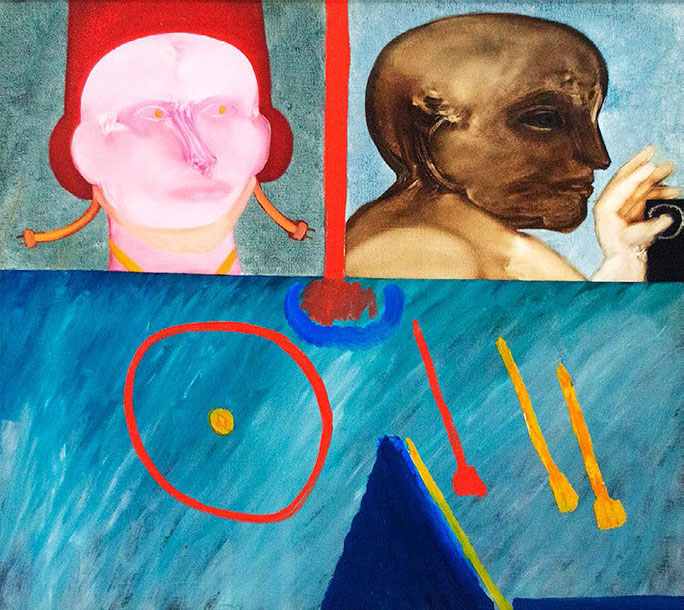

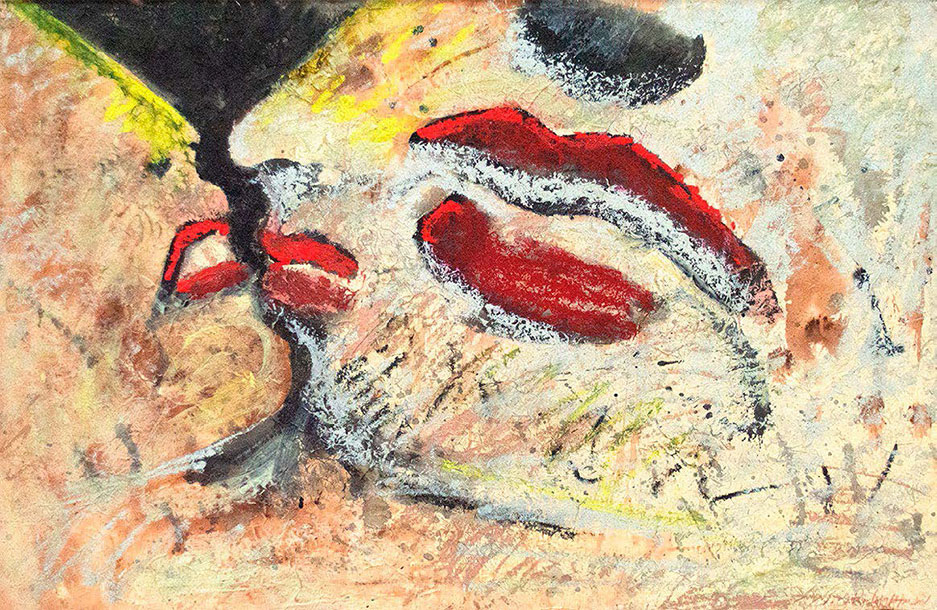
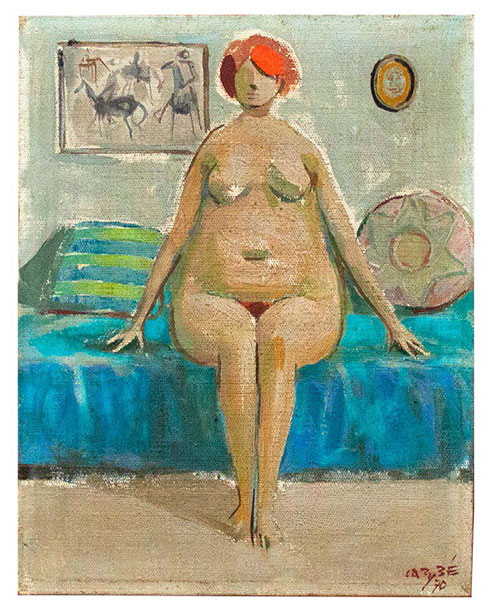


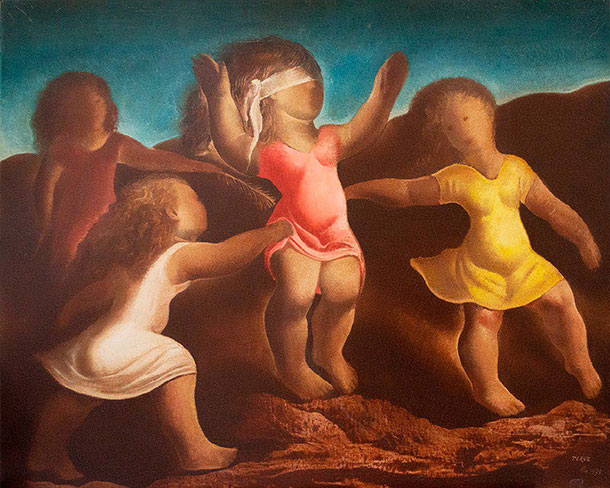
“Among all IBGE publications, this one offers more possibilities for society members to analyze data in a qualitative way,” says isabela Torres, executive coordinator of the project, as she mentions the work of specialists invited to write the analytical texts. “Also, the art highlight in each chapter is also a way for us to get to know the country better,” she adds.”, acrescenta.
The impact of the Covid-19 pandemic was mentioned in 13 of the 23 texts, being specially mentioned in the analyses about population, health, prices and trade. The chapter written by professor Ana Maria Nogales Vasconcelos, about the pandemic and the demographic dynamics, evidences the importance of having trustworthy population data detailed by sex, age and place of residence, besides other social characteristics such as ethnicity, race, color, income and level of schooling, in order to eleborate demographic estimates and projections that can help us measure the impacts of the coronavirus on a country of continental dimensios such as Brazil.
The chapter on agriculture - which now reflects about it during the pandemic - is another highlight, not only because it approaches the protocols adopted by the sector to minimize the crisis, but also due to the regular participation of its authors. “For the third time professors Elisio Contini and Gilmar Henz, both from Embrapa (Brazilian Agricultural Research Corporation), have given their contribution to Brazil in Figures,” Ms. Torres explains.
Having been regularly published since 1992, Brazil in Figures is available in Portuguese and English, which makes the project even more encompassing in scope. Besides information obtained from the IBGE, the authors also counted on data produced by the Central Bank of Brazil, regulating agencies, Federal Ministries and associate institutions.






